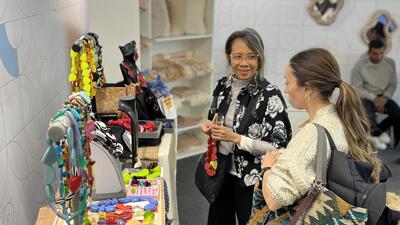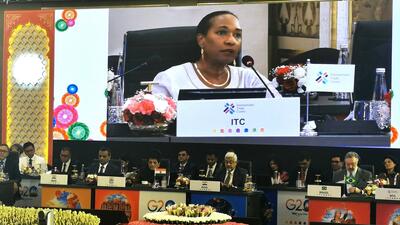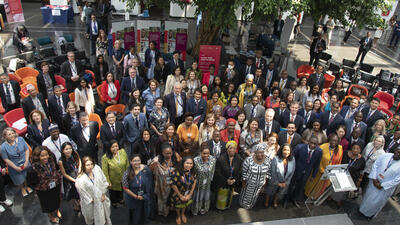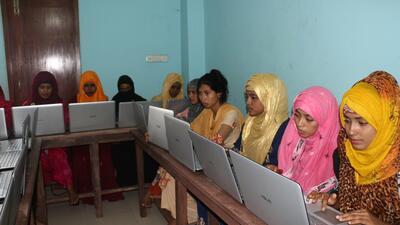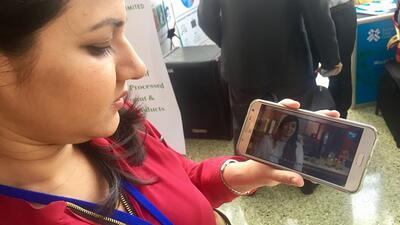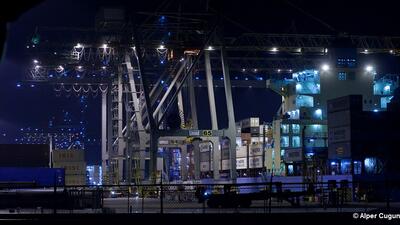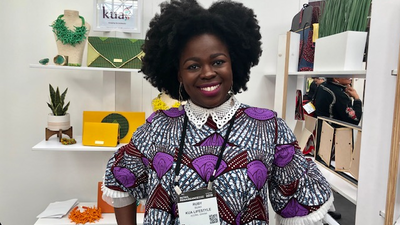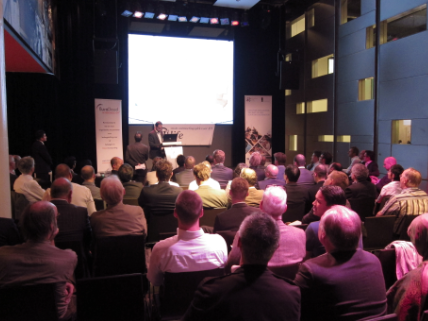
Países Bajos: Se celebran reuniones B2B para empresas del sector de la TI de Bangladesh. (en)
Dauphine, a former car dealership by Amstelstation and now a hip hangout for the local service-industry crowd, was the venue for an NTFII Bangladesh Cloud event on 10 October focusing on the role offshore service providers can play in this new ecosystem.
ITC's Martin Labbé told participants that the European Union's Cloud strategy foresees that the Cloud migration will generate 600 billion euros revenues by 2020. Offshore players such as the 14 NTFII companies which took part in business-to-business meetings at the Amsterdam Chamber of Commerce the next day have a role to play in this migration.
The challenges are many. SaaS operators are luring business from software developers by expanding their offering and appealing to the SME market. Cloud sourcing, with freelance platforms such as Odesk or Elance, is also a challenge. Still, room remains for traditional offshoring, as shown by the interest of the Dutch companies which came to meet their Bangladeshi counterparts.
Datasoft Chief Operating Officer Manjur Mahmud, who represented BASIS at the event, urged the Dutch entrepreneurs to outsource to one of Bangladesh's 500 ICT companies. He noted that multinational companies such as Dell, Novartis and Samsung already work in Bangladesh, which is 40% less expensive than other offshoring destinations such as the Philippines, China and India. While neighbouring India is the world's most popular offshore destination, a programmer in Bangladesh costs an average of $8 an hour compared with $20 in India.
A seminar on "Outsourcing to India and Bangladesh" on 12 October in the northern Dutch city of Leeuwarden, the capital of Friesland, was dedicated to presentations and discussions on the reasons to offshore IT work, pitfalls in outsourcing and communication protocols between Dutch outsourcing clients and Bangladeshi IT companies. A dozen Dutch IT companies participated in the seminar, which was followed by a second round of B2B meetings.




